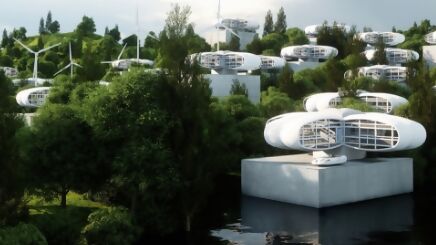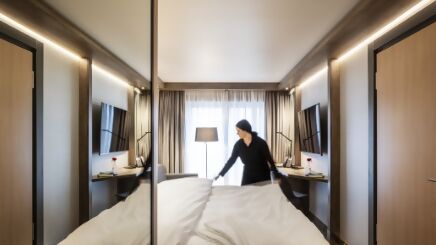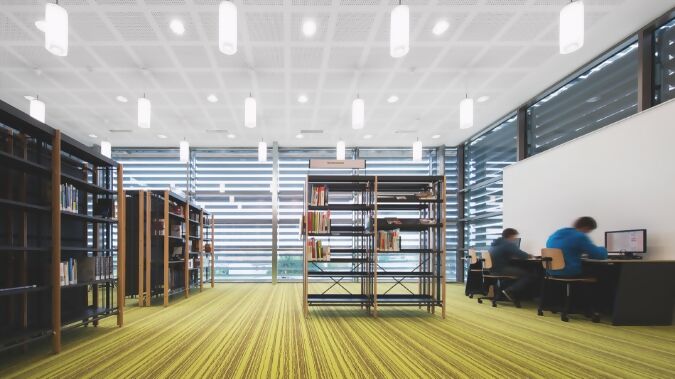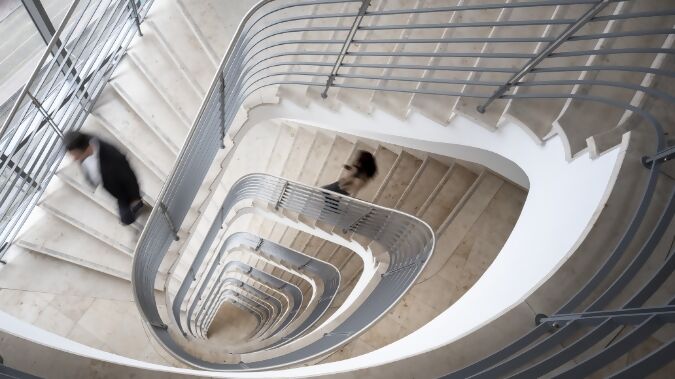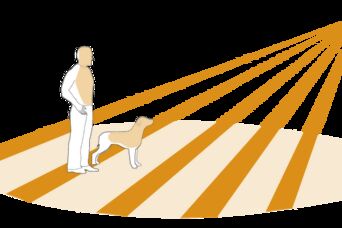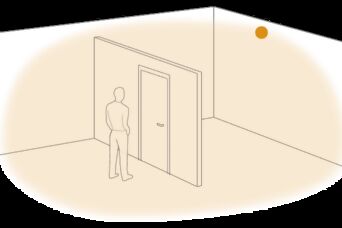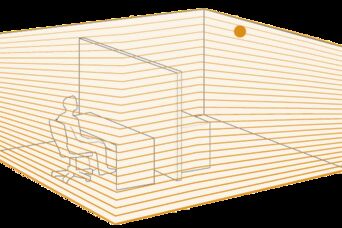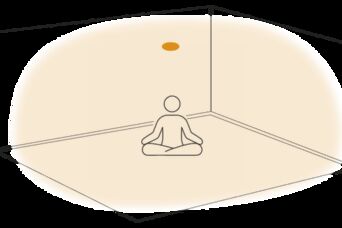-
Sensors
-
Intelligent lighting solutions for maximum savings
That is what our lights stand for.
Find out more now. -
Senses for better buildings
What makes our sensors unique.
Find out more now. -
Our references
Unique projects realised with STEINEL products.
-
-
Lighting
-
Intelligent lighting solutions for maximum savings
That is what our lights stand for.
Find out more now. -
Senses for better buildings
What makes our sensors unique.
Find out more now. -
Our references
Unique projects realised with STEINEL products.
-
-
Applications
-
Capstone Software
View the status of your building anytime, anywhere
-
Our references
Unique projects realised with STEINEL products.
-
-
Services
-
OEM Solutions
This is where you will find our OEM Solutions division for customised development and manufacturing.
-
Our references
Unique projects realised with STEINEL products.
-
-
Company
-
STEINEL Tools
This is where you will find our hot air and hot-melt gluing tools.
-
OEM Solutions
This is where you will find our OEM Solutions division for customised development and manufacturing.
-
The requirements for presence detectors vary greatly depending on the type of room and how it is used. Whether in offices, classrooms, conference rooms, warehouses or sports facilities – each area places special demands on the sensor technology. Presence detectors must be optimally adapted here to reliably detect whether people are in the room. This information forms the basis for intelligent building control, which efficiently regulates light, heating or ventilation as needed.
As a technology leader, we rely on a wide range of sensor technologies, including infrared, high-frequency, ultrasonic and optical sensors. Each of these technologies has specific advantages and is integrated into the development and production of our presence detectors. The result is customised solutions that offer maximum comfort, reduce energy consumption and enable sustainable building control.
As a technology leader, we rely on a wide range of sensor technologies, including infrared, high-frequency, ultrasonic and optical sensors. Each of these technologies has specific advantages and is integrated into the development and production of our presence detectors. The result is customised solutions that offer maximum comfort, reduce energy consumption and enable sustainable building control.
STEINEL presence detector
With the new Control PRO II Sensor series, we are focusing on advanced sensor technology and future-proof Bluetooth mesh. This opens up completely new possibilities in building automation, starting with installation. Additional cables are no longer necessary, as the wireless networking of sensors and luminaires enables flexible control via an app. The sensors are supplied with power either via a conventional 230 V cable or via existing network infrastructures using PoE (Power over Ethernet).
Presence detector in use
Our sensor technology
The new Capstone® software solution makes it possible for the first time to recognise and visualise all IP and Bluetooth sensors and lights in the network, providing a complete overview of the building's status. Based on this data, optimisation suggestions can be made for better space utilisation and air conditioning.










